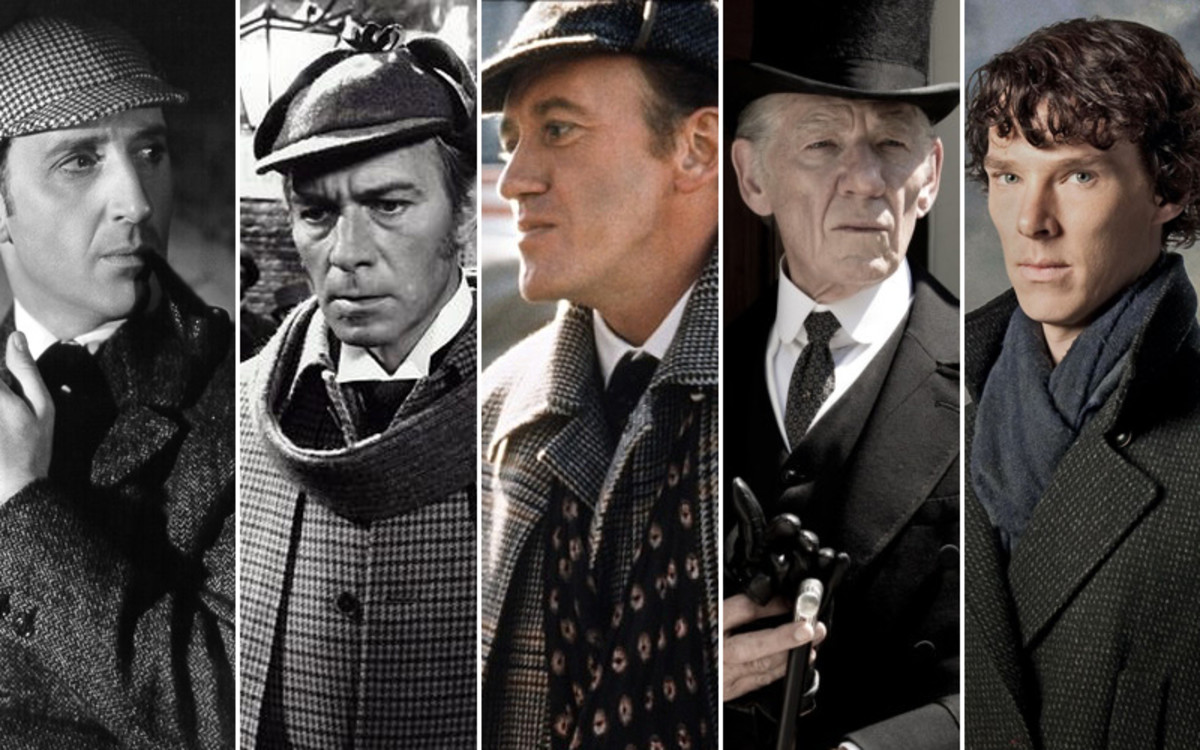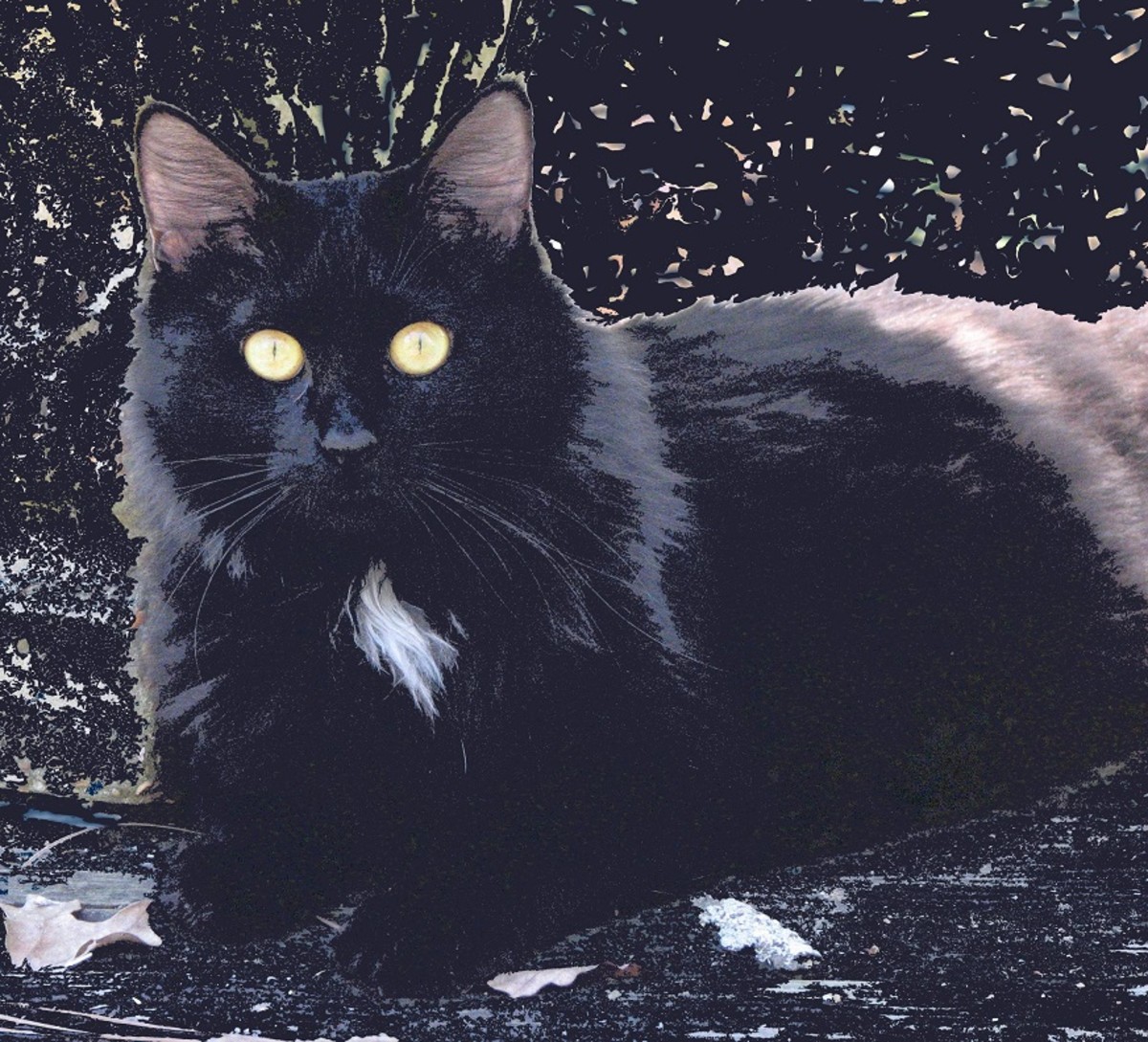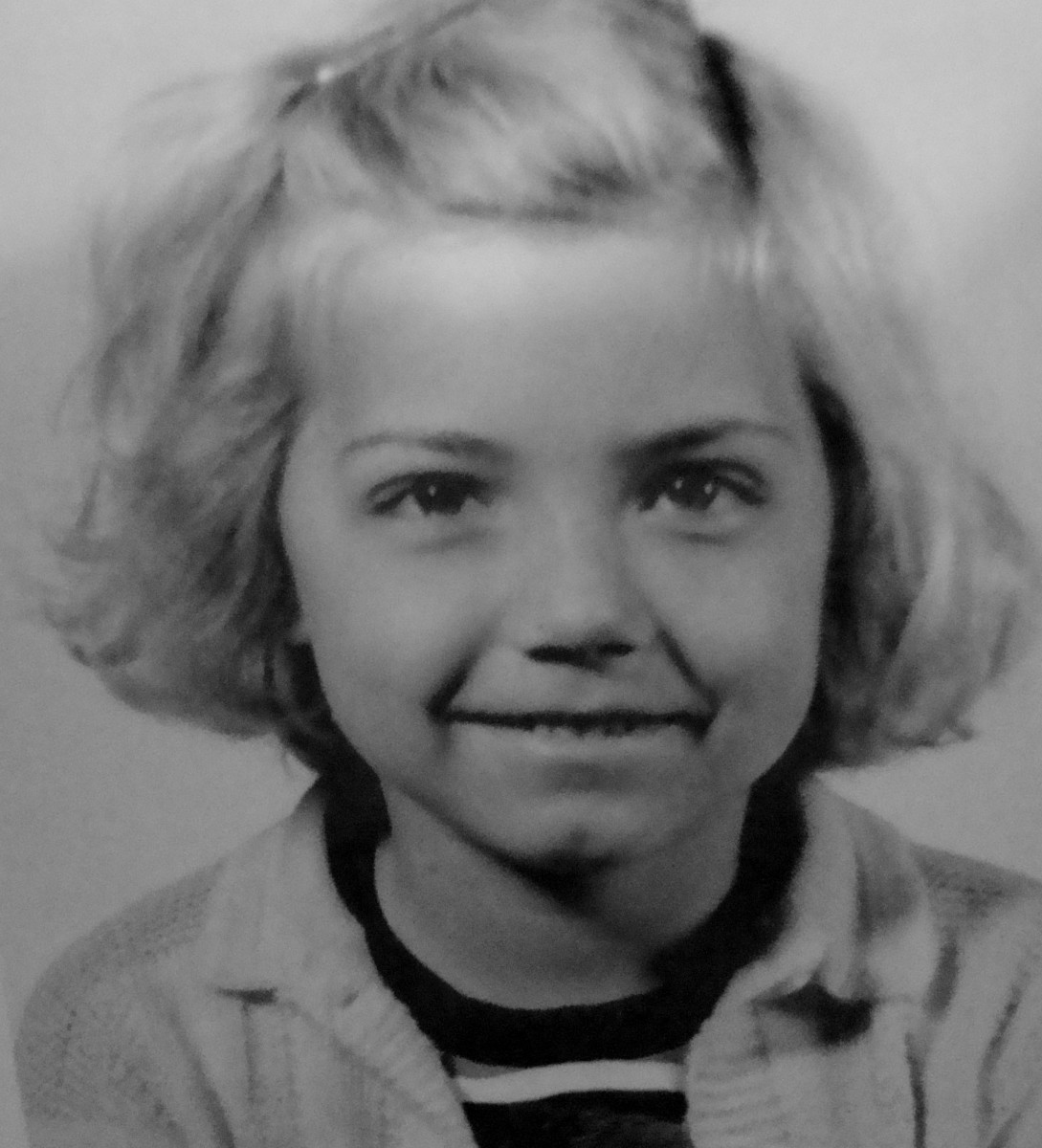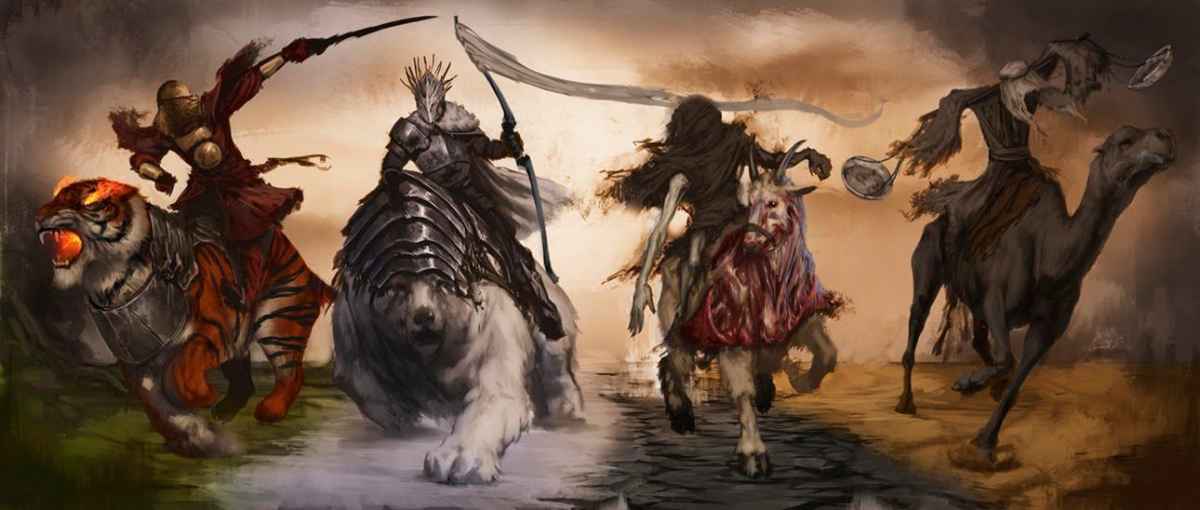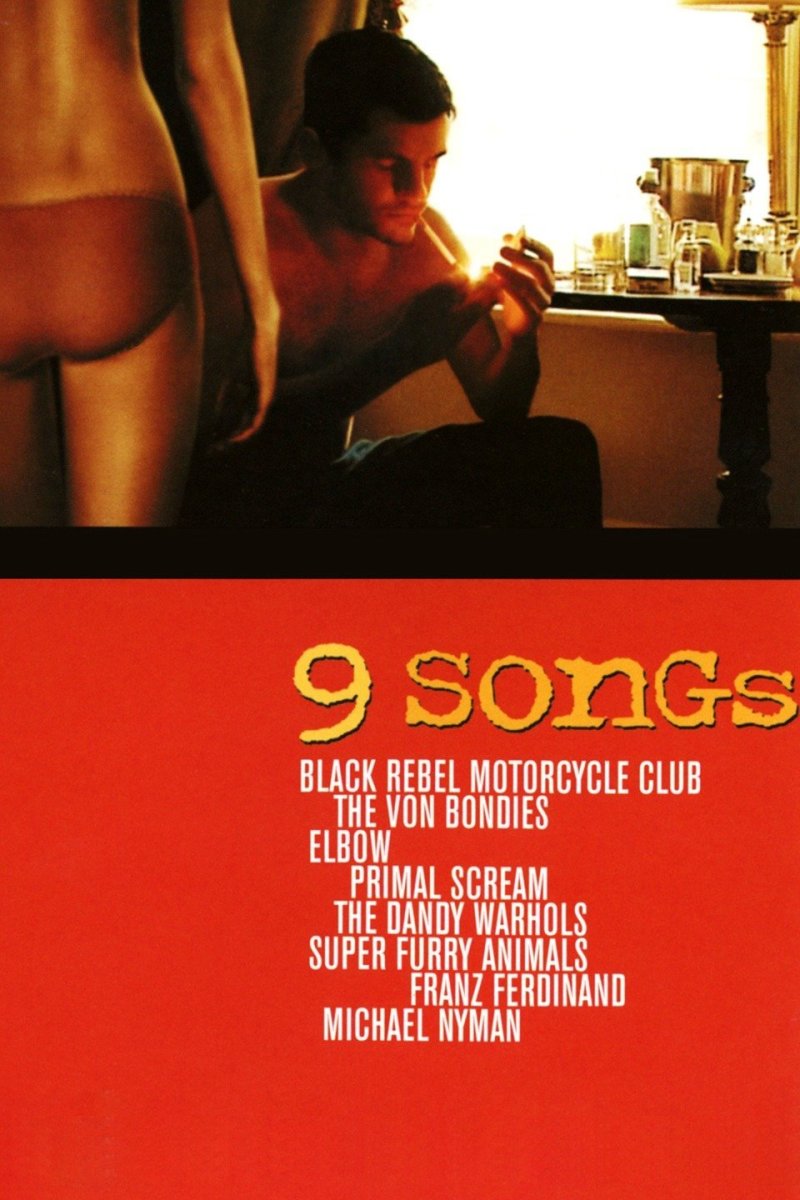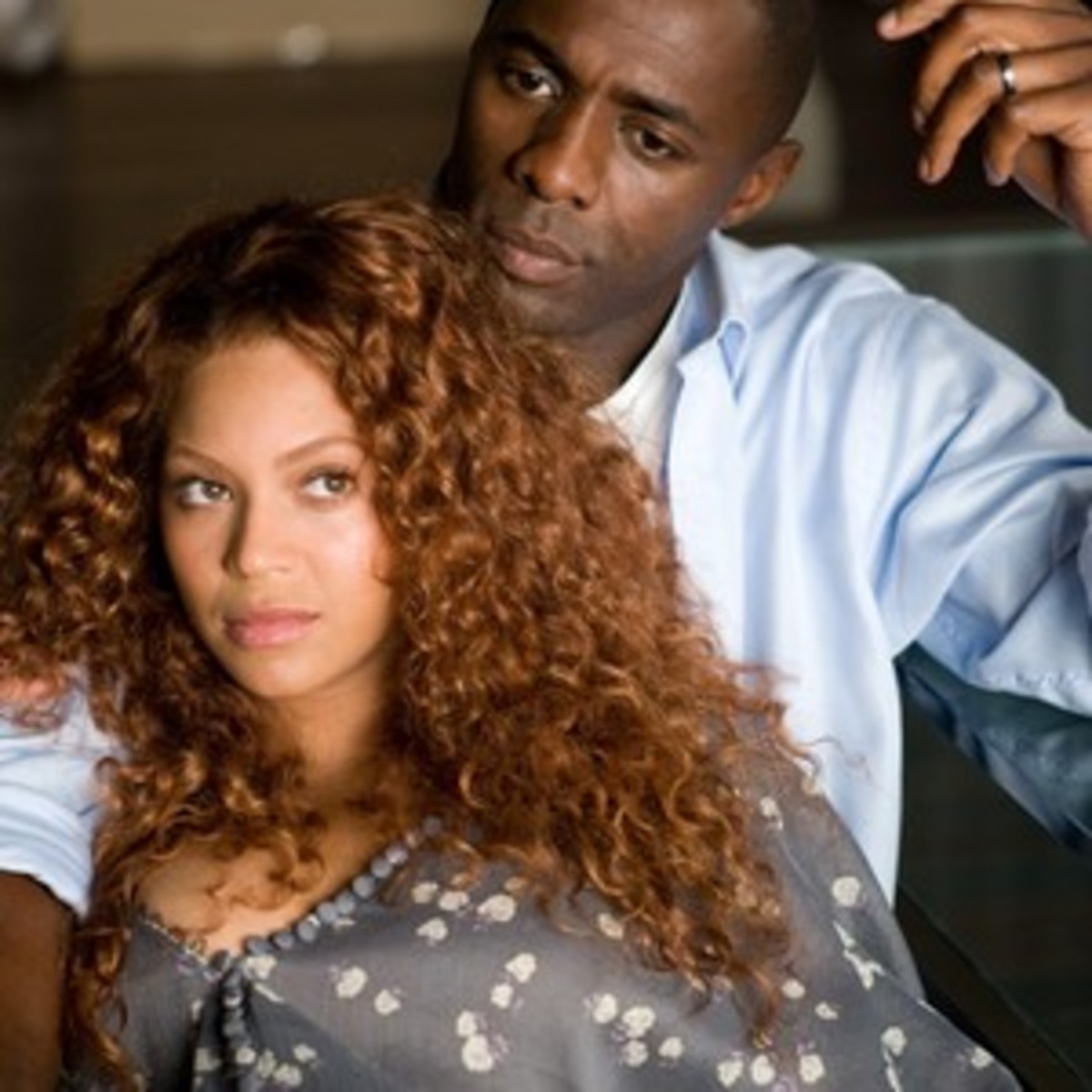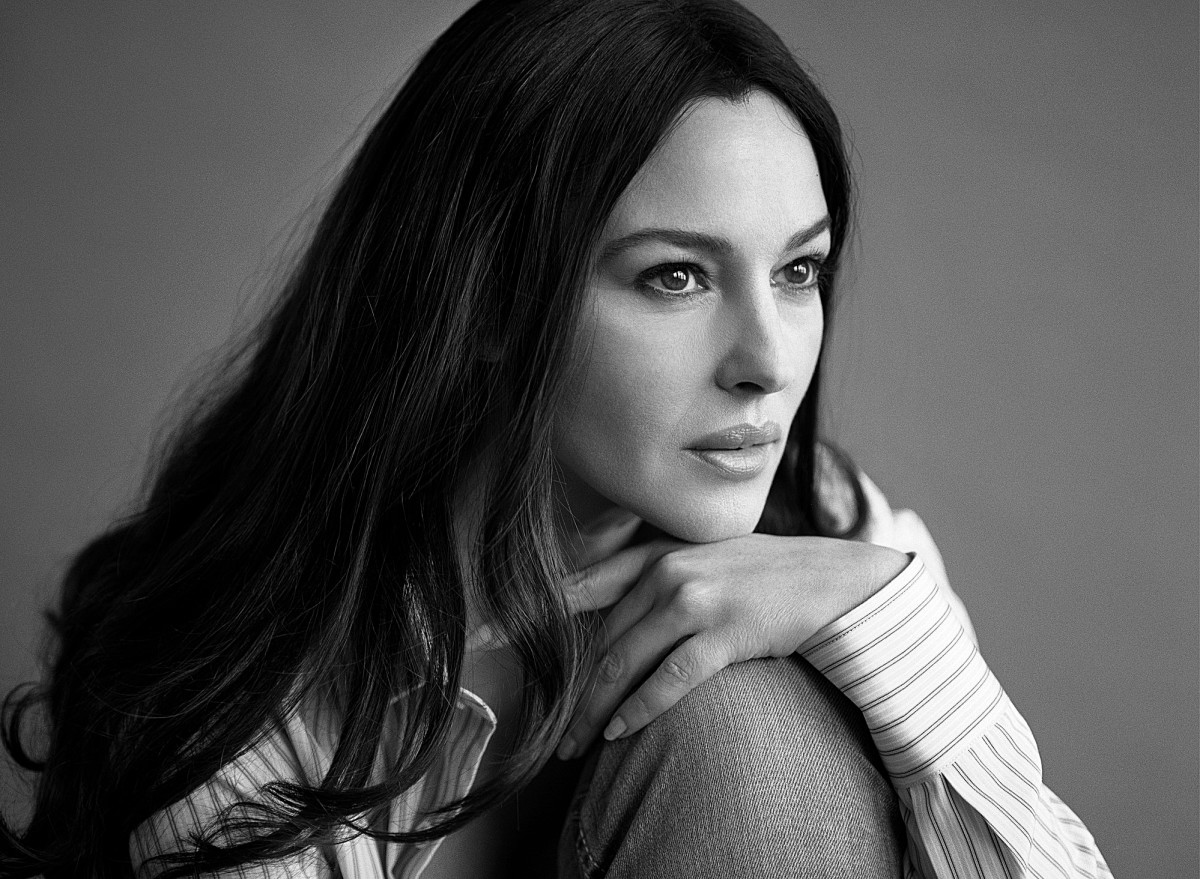A Second Look: The Adventures of Ichabod and Mr. Toad
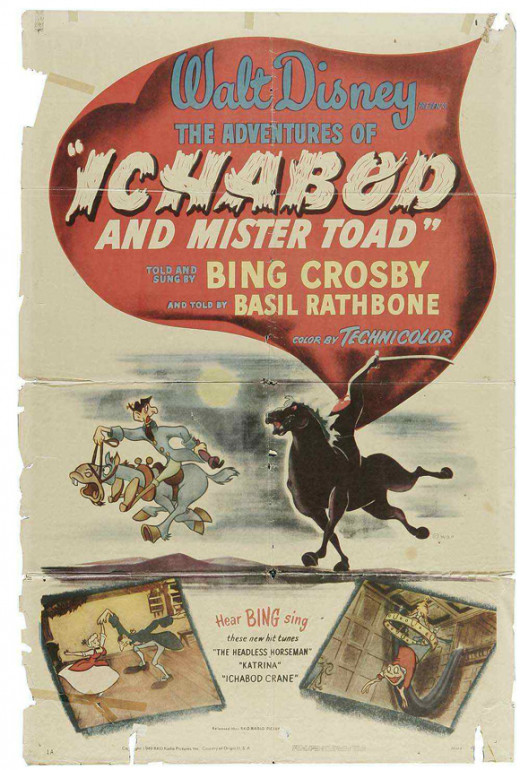
Background
In 1949, Jack Kinney, Clyde Geronimi, and James Algar released The Adventures of Ichabod and Mr. Toad, the final of Disney’s package films, based off of Kenneth Grahame’s 1908 novel The Wind in the Willows and Washington Irving’s 1820 short story, “The Legend of Sleepy Hollow.” Starring Bing Crosby, Basil Rathbone, Eric Blore, Claude Allister, Colin Campbell, Campbell Grant, Leslie Dennison, Edmond Stevens, J. Pat O’Malley, John McLeish, and Pinto Colvig, the film had an unknown box office gross. The winner of the Golden Globe for Best Cinematography – Color, the film was given a VHS release in 1999 as well as a Blu-Ray and DVD release in 2014.
Synopsis
Framed in a library, Basil Rathbone and Bing Crosby narrate their versions of The Wind in the Willows and “The Legend of Sleepy Hollow,” respectively. In the former, J. Thaddeus Toad, Esq. succumbs to motor-mania and trades his home, Toad Hall, for a motorcar from a bartender named Mr. Winky. The latter features schoolmaster Ichabod Crane, a charming, superstitious glutton, who works to court Katrina van Tassel. However, he must compete with local hero Brom Bones.
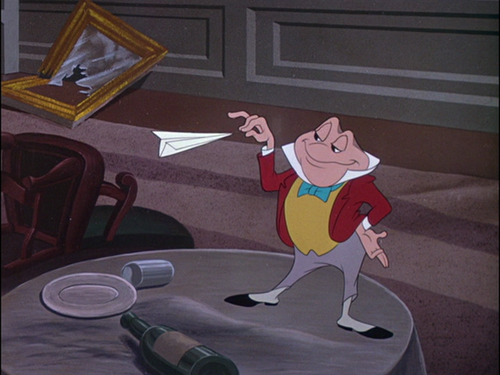
Review
The best of Disney’s package films, The Adventures of Ichabod and Mr. Toad is incredibly fun and well made, especially in its framing. The use of a library as the setting for the frame provides many really good shots, such as pulling through stacks of books as well as panning across a long row of them. Further, the library allows for the segment’s narrators to come off as two different librarians with two very distinct storytelling methods, such as Rathbone giving more of a straight telling of his story while Crosby decides to tell it musically. It works very well for each actor’s respective talents, with Rathbone giving a performance befitting his distinguished personality and Crosby crooning through all the parts, providing voices for Ichabod and Brom alongside narrating.
As for the segments themselves, both are equally entertaining and fascinating. The portion featuring Mr. Toad does well in portraying the titular character as one gripped by the latest fad. Not only is it the only thing he can think about, but it completely engulfs his life, seeing as is estate is on the edge of bankruptcy which necessitates the hiring of Angus MacBadger to keep the place’s books. But Toad’s impulsiveness towards his chosen obsession ruins his life after he decides to trade the deed to Toad Hall for a motorcar. The trade also demonstrates the foolish choices a person engulfed in an obsession will make, seeing as he practically gives away an estate worth thousands for a car worth hundreds. And though he does get some character development, realizing in prison that he’s been irresponsible and decides to never let a fad or obsession get the better of him again, it’s shown that the lesson didn’t keep as he’s recklessly flying an airplane as his next fad.
However, his impulsiveness isn’t just seen in how he treats his obsessions, but every aspect of his character, seen in how he can’t simply sneak up to Toad Hall during the climax of the story. Rather he has to be restrained when trying to shoot the weasel standing guard. This exchange ultimately leads them to being discovered as they’re about to leave with the deed, which in itself results in a fracas with Winky and the weasels. Had he remained quiet, they would all have been able to get in and out relatively easy.
There’s also an amusingly stealthy joke during the trial when the prosecutor just assumes MacBadger is answering yes to his loaded questions and doesn’t give him time to answer. The prosecutor is badgering a badger.
As for the second segment, there are some interesting characters in it as well. Though he’s the hero of the story, Ichabod Crane really isn’t all that sympathetic of a hero and it feels like he ultimately deserved his encounter with the headless horseman. Despite all the town’s girls going after him, the film makes it clear that he just wants money and free food, fantasizing about marrying Katrina just for her money so he can inherit her father’s fortune when he dies. On the other hand, Brom looks to be more virtuous. He may not be above terrorizing Ichabod to drive him out of town or drive away Katrina’s other suitors, the film hints that he may be doing so because he’ll be a better husband for Katrina as he actually cares about her more than her money. Katrina herself also seems to be a morally questionable character, seeing as she manipulates her suitors and enjoys watching them fight over her.
Brom and Ichabod have some good moments that establish their characters as well. For Ichabod, he’s seen opening a gate for a woman, balancing a load of heavy pies, showing that he’s charming and polite, but that characterization is turned on its head when it’s revealed that he snuck one of the pies away for himself, demonstrating that he’s charming and polite, but only if he’s going to gain from it. As for Brom, he’s shown to be a bit of a boorish hothead, seen when he’s tearing through the village on a huge horse, but that he’s also a pretty amicable guy, due to how his friends greet him with laughter and he brings in a barrel of beer to share with them, the dogs and the horses immediately after.
Interestingly, the film is very subtle in whether or not the Headless Horseman actually is or isn’t Brom, giving hints to either interpretation. But, thanks to the Horseman being so blatantly creepy, enough that he’s given one of the most recognizably evil laughs heard in Disney films, along with Ichabod looking down the Horseman’s coat and only being greeted by said laugh, it would appear unlikely that it was Brom in disguise.
And even immediately prior to the Horseman showing up, the scene during the buildup has wonderful atmosphere. Ichabod’s ride back is mostly silent, but what little sound there is feels like the wildlife warning him to turn back. The cricket seems to chirp that he should turn back and it feels like the owl is hooting “go,” while the toad makes a croak that sounds very much like “headless horseman.” Even the wind gets in on the act, creating a sound against reeds that comes off as a ghostly moan, which spooks Ichabod at first. He laughs at all the creepiness only to have the Horseman show up immediately thereafter. It’s great atmosphere that really gives this portion of the film its memorably horrific impression.
the postings on this site are my own and don't necessarily represent WNI's positions, strategies or opinion

